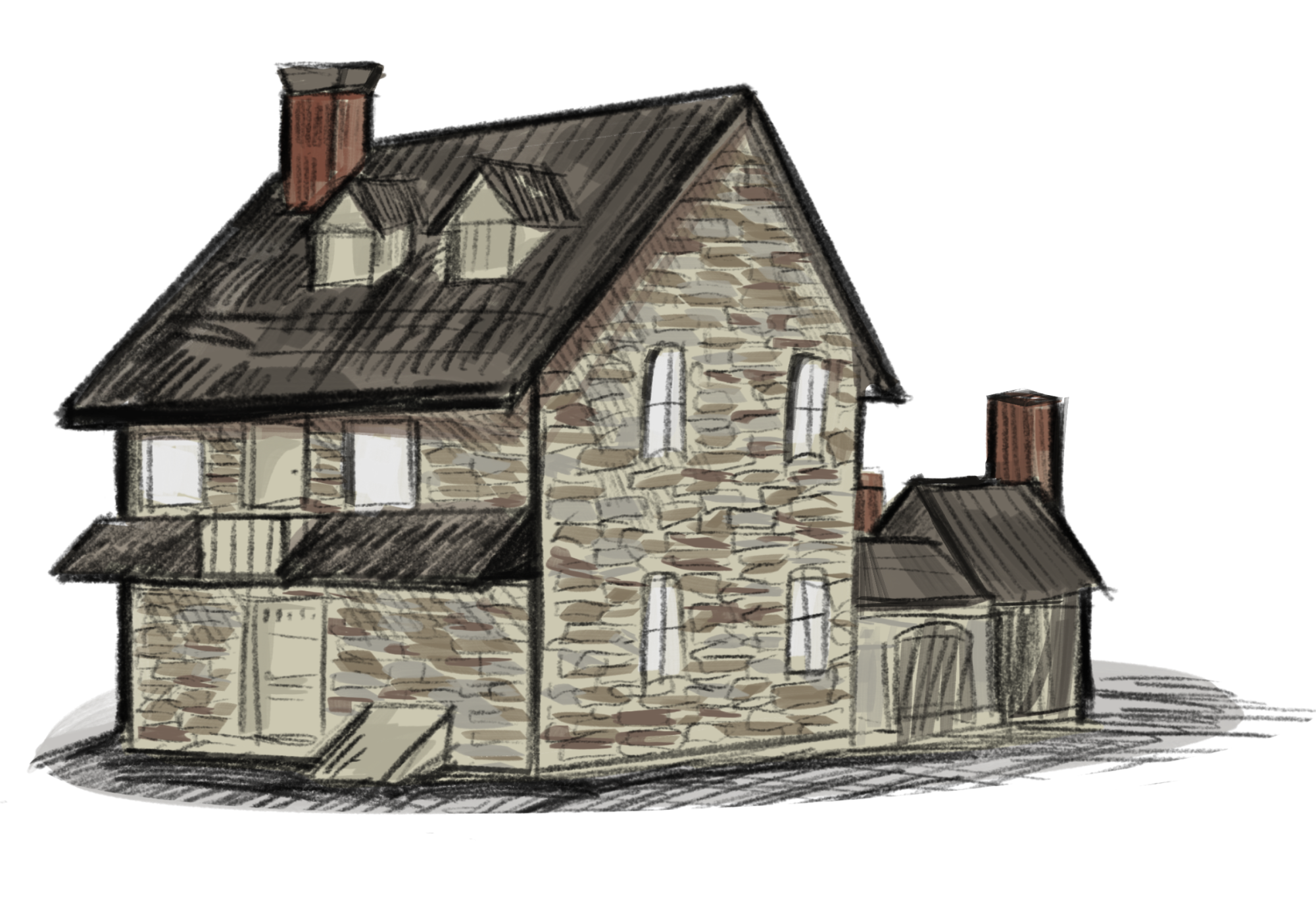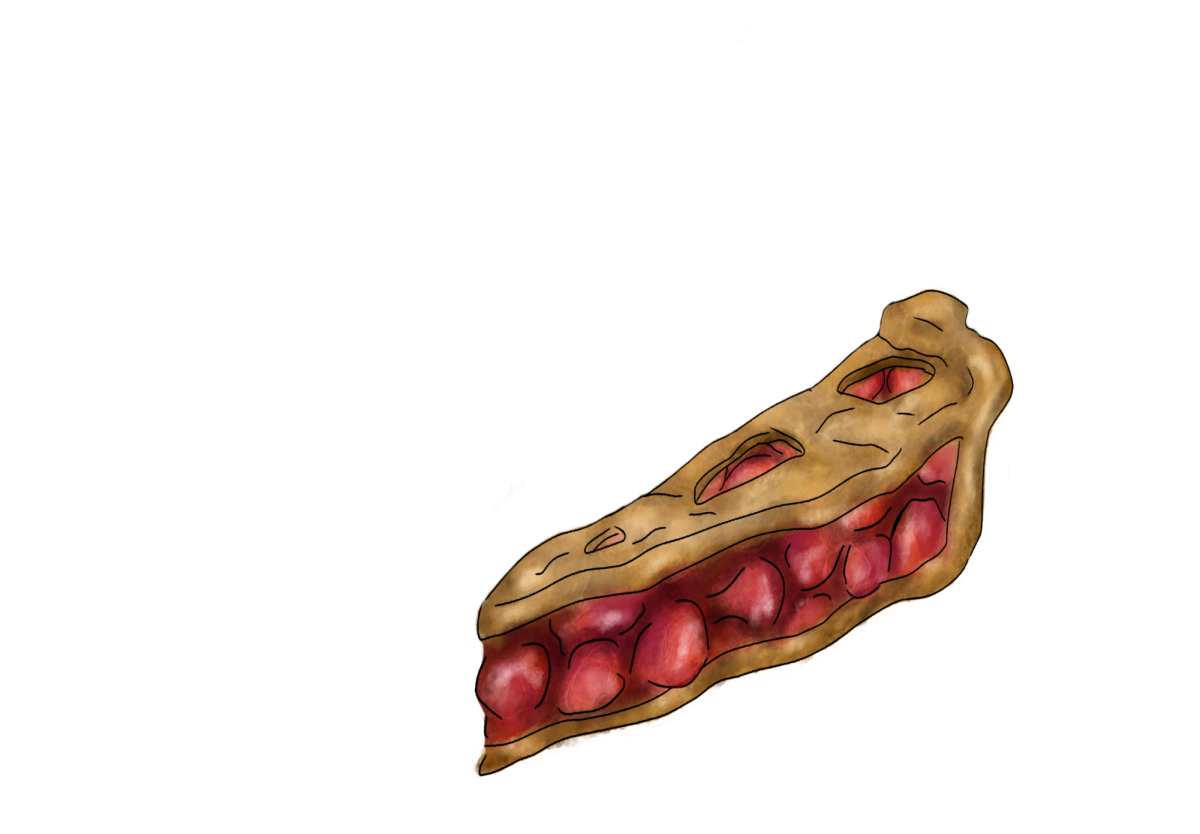
The term “lab rat” is often used casually to refer to a person in an experiment, but it is derived from the use of actual rats in scientific studies. While it’s important to only use animals for research when it is absolutely necessary, the use of rats in scientific labs has saved millions of human lives. The creator of the lab rat was American Zoologist Helen Dean King. She lived in Bryn Mawr, not far from LM. She was a true scientific pioneer who overcame numerous obstacles that traditionally prevented women from contributing to science. King has recently been a topic of discussion for our community because the Bryn Mawr house that she lived in for more than forty years may be at risk of demolition due to the expansion of Bryn Mawr’s commercial corridor. It’s important that we recognize and remember the women who made outstanding advancements in their fields. Instead of bulldozing King’s house, the township should preserve the house, and in her honor install a plaque recognizing her place in scientific history.
Even setting aside King’s legacy, the historic house should still be preserved for its design; it was designed by the prestigious architect William Lightfoot Price in 1900 and has many unique architectural features. However, the simple fact that King lived in the house makes its preservation essential as a scientific landmark. King was born in 1869 and earned her PhD at Bryn Mawr College. She began breeding rats in 1909, at a time when very few women had the opportunity to be scientists. To this day, many of the rats in scientific labs used in studies around the world descend from a line of rats that King bred at Philadelphia’s Wistar Institute. A 1922 article about King in the Philadelphia newspaper, the Evening Public Ledger, described her as “the only woman in this country to hold a research professorship.” In 1932, the prominent biologist Edwin Grant Conklin said that King had “done the most important work in the biological sciences of any living woman.” Legendary cell researcher Leonard Hayflick once said that the rats that King bred in the early twentieth century had a “profound impact on research over the next 60 years.” King’s scientific legacy cannot be disputed, and as such, should remain in the house she resided in for many years.
In October, the Lower Merion Building and Planning Committee will consider whether to add this house to the township’s Historic Resource Inventory. Doing so would protect it from the risk of being torn down. Although there are many factors to be weighed in making this decision, the commissioners should consider the historical importance of this house, and more importantly, its importance to new generations of LM students with STEM aspirations.
Girls in the district are now commonly encouraged to take STEM courses. We are told that the barriers that once stood in the way of STEM careers for women are finally coming down. Preserving Helen Dean King’s former home would make a powerful statement that all the talk about women in STEM was more than just words. It would demonstrate that our community truly values the role of women in science. This is not simply about preserving a physical structure or even King’s legacy. It’s about preserving a belief in what LM students can achieve.





